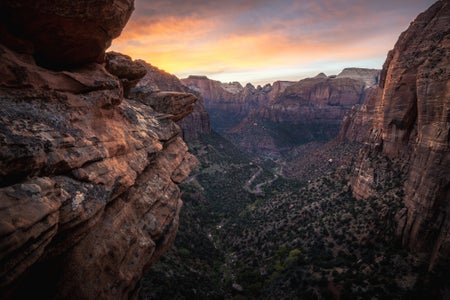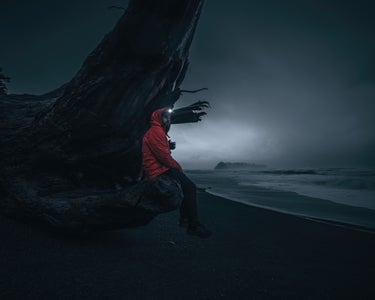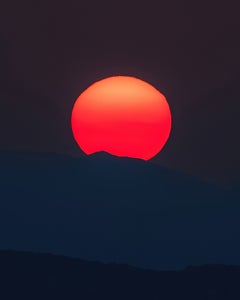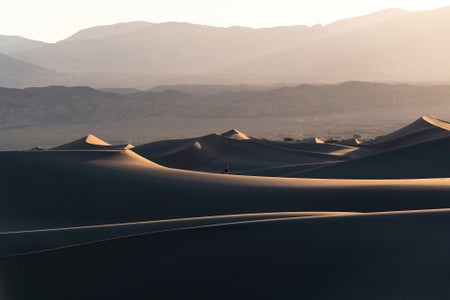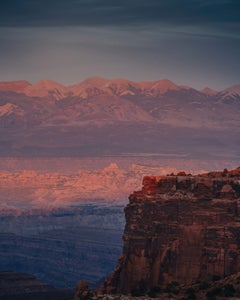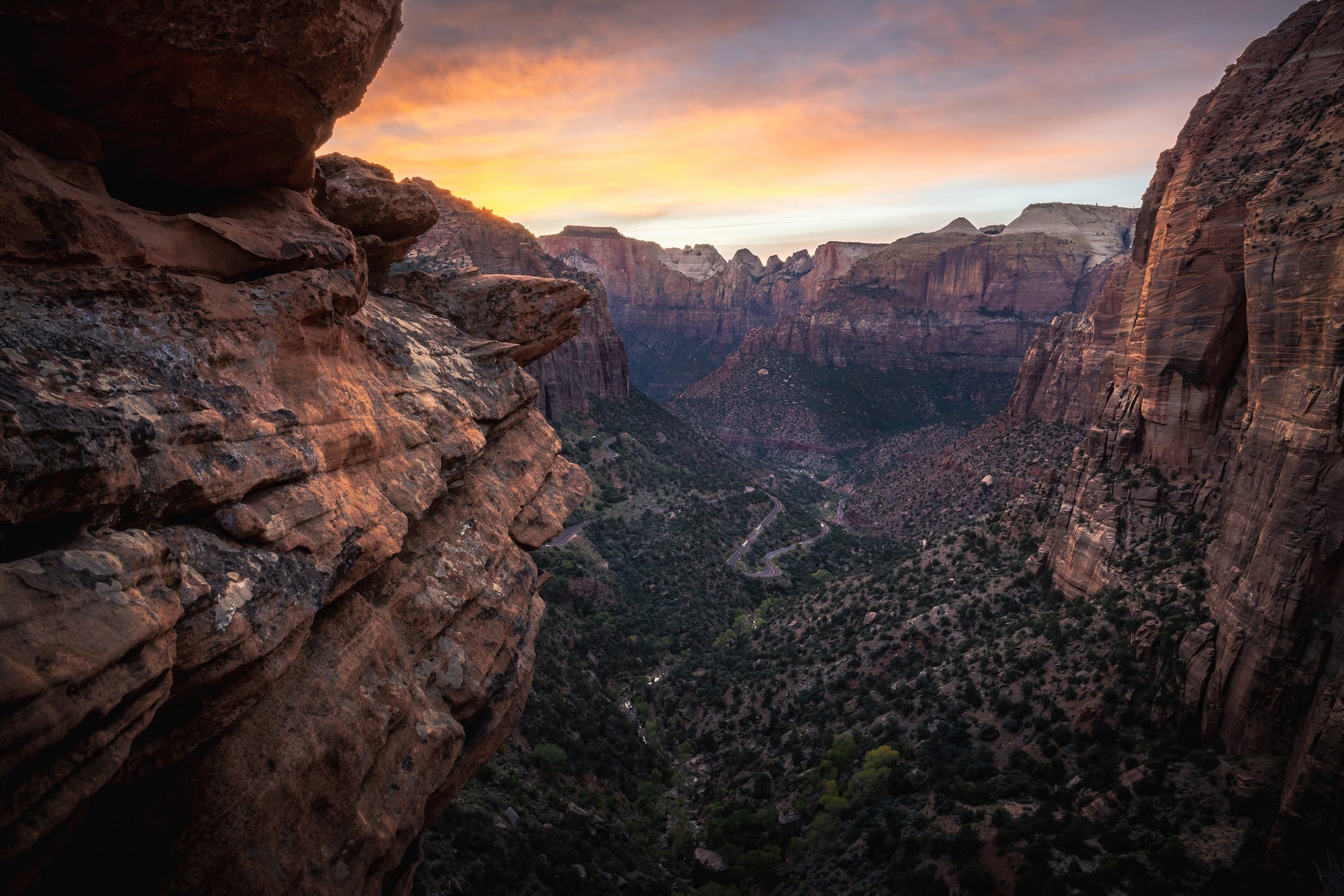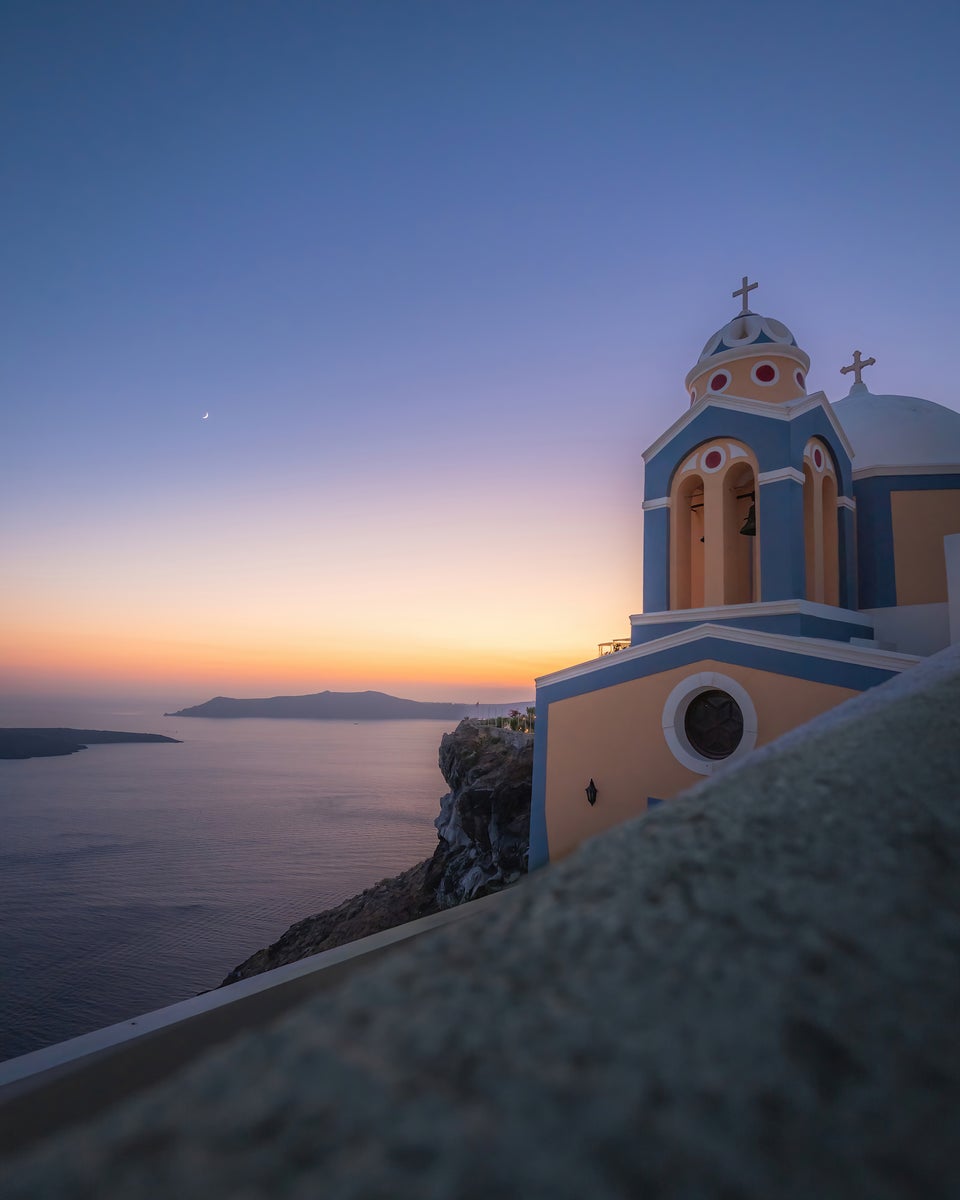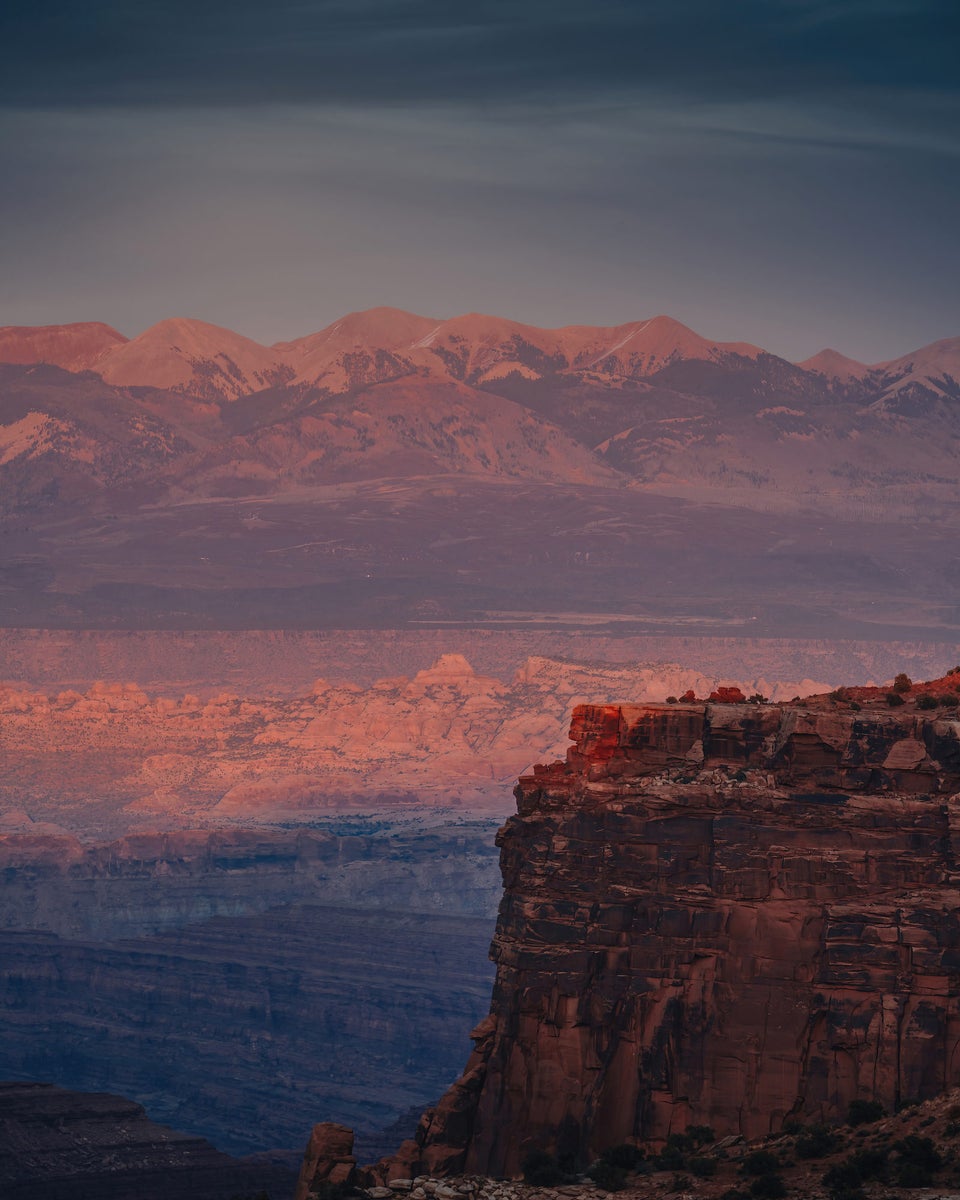Bret Blakely (@bretblakely) is a passionate landscape and wildlife photographer that began his photographic journey after a trip to Rwanda in 2018. “I came back and wanted to learn everything about the art of photography, the techniques and the camera itself.” he immediately purchased the Sony Alpha 6000. He’s since upgraded to the Sony Alpha 7R III and then the Sony Alpha 7R V. We sat down with Bret to learn more about his photography, his creative eye and the kit that helps him make his vision possible.
Product Preview – In This Article You'll Find:
–Sony Alpha 7R V
–Sony Alpha 7R III
–Sony 14mm f/1.8 G Master
–Sony 24-70mm f/2.8 G Master II
–Sony 70-200mm f/2.8 G Master
–Sony 200-600mm f/5.6-6.3 G
I carry a total of four lenses with me that range from 14mm all the way up to 600mm so I have complete flexibility creatively as I like to often shoot the same scenes with different lenses. In addition, I always keep a tripod, ND filters and most recently a drone which allows me to feel like I can capture any scene in a way that I feel best expresses how I want the audience to view it. Photography has taken me all over the world and given me moments and friendships that I will cherish for a lifetime.
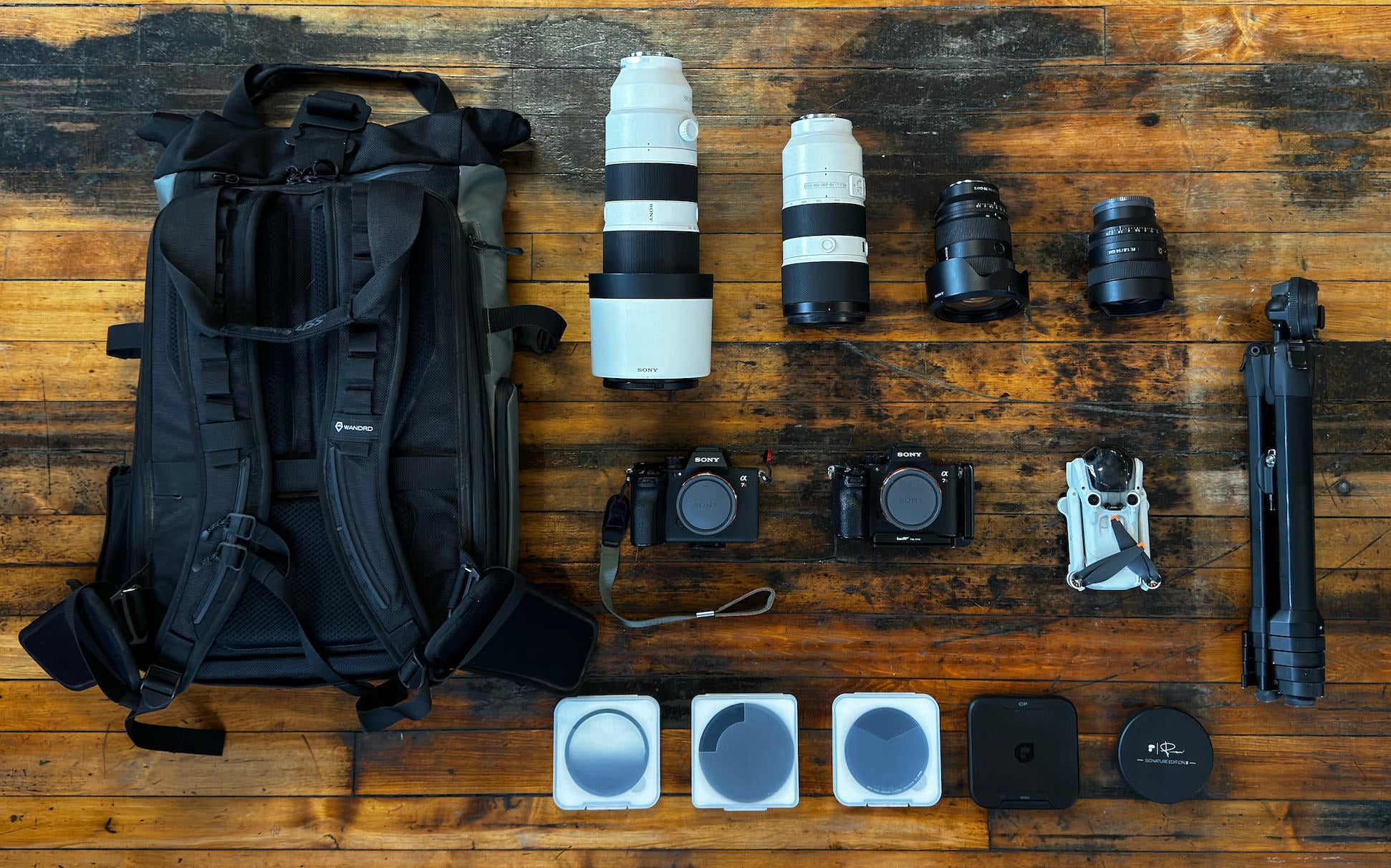
Cameras
Sony Alpha 7R V: The ISO range and low light performance is huge since I am most often shooting dusk, dawn and astro. The in-body stabilization, AF, and AI subject recognition is a game changer for capturing wildlife and one of the most notable aspects of this camera’s performance. The addition of focus bracketing is incredibly unique and makes the process out in the field that much easier. The fully articulating screen is not to be downplayed either. It really helps when trying to capture a scene with a unique perspective where a non-fully articulating screen would make it hard to see what your camera is seeing properly.
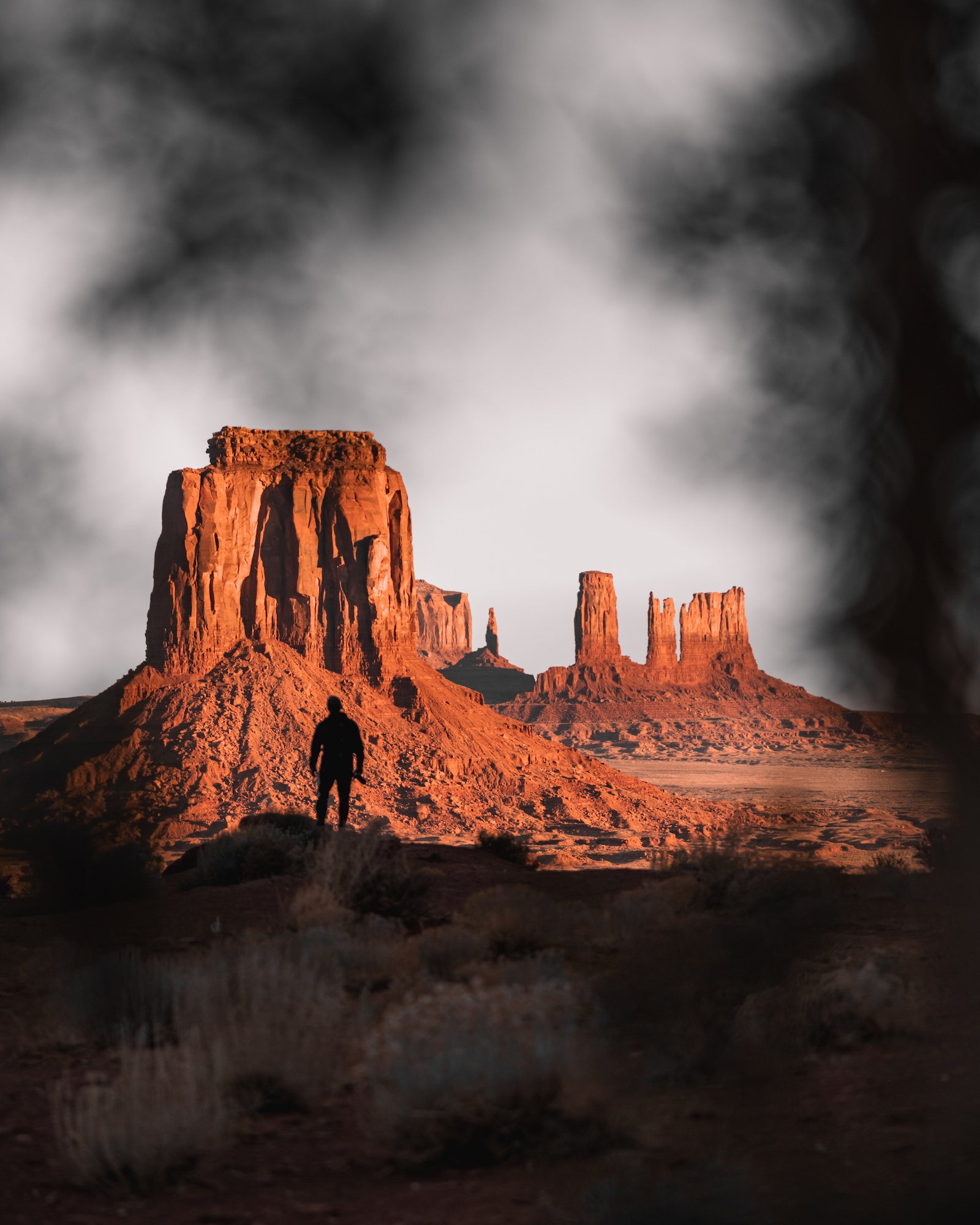
"This was taken in Monument Valley. As my friend looked out at the beautiful red rocks I found some branches to set up behind and add some depth and framing." Photo by Bret Blakely. Sony Alpha 7R V. Sony 70-200mm f/2.8 G Master. 1/1250-sec., f/2.8, ISO 320
Sony Alpha 7R III: The Sony Alpha 7R III was my first full frame camera and is an incredible piece of equipment. The sensor and image quality along with low light performance has become synonymous with Sony and I noticed it immediately having made such an upgrade from my previous crop sensor. The customization of buttons and settings was a first for me and I felt like I was able to turn the Alpha 7R III into a perfect performance specific part of my arsenal for capturing and creating.
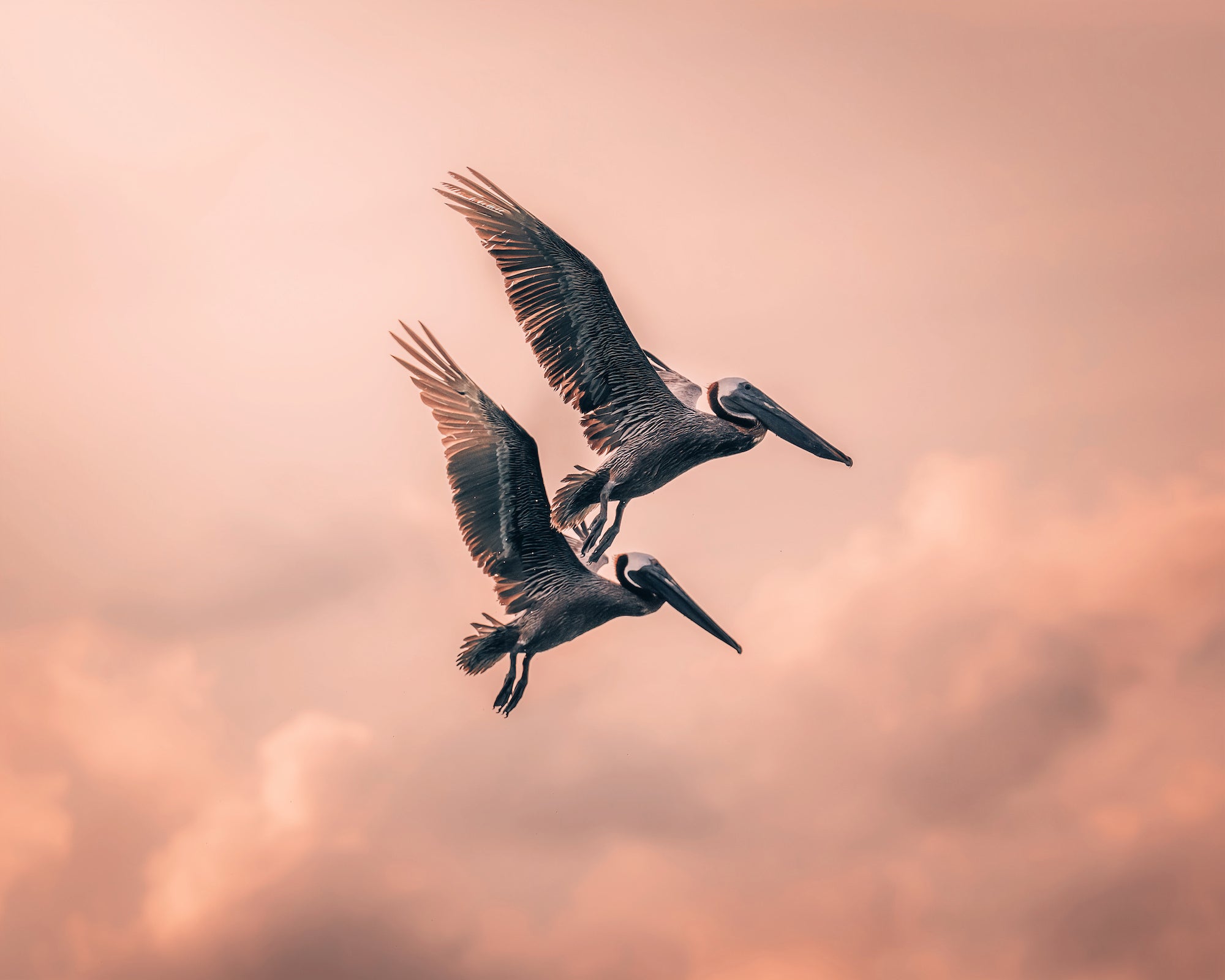
"The autofocus and stabilization allowed me to capture this beautifully synchronized moment in flight against the stunning pink hues in the sky." Photo by Bret Blakely. Sony Alpha 7R III. Sony 70-200mm f/2.8 G Master. 1/1250-sec., f/4.5, ISO 250
Lenses
Sony 14mm f/1.8 G Master: I love having a wide angle in my arsenal because there are some landscapes that anything short of a true wide angle just won’t cut it. The 14mm and 1.8 aperture provides me with the ability to get incredibly close to a foreground element while still capturing the grandeur of a scene. It also does an incredible job of giving you the wide angle but not creating distortion.

"This was taken at Under Canvas in Moab with the Milky Way lining up directly over our tent." Photo by Bret Blakely. Sony Alpha 7R V. Sony 14mm f/1.8 G Master. 8-sec., f/1.8, ISO 2000
Sony 24-70mm f/2.8 G Master II: This is a beast of a lens. It has the sharpness, depth and quality that I have come to expect from every Sony lens but on top of that it is a perfect all around lens…especially if I want or need to pack light for a hike. The 24-70mm gives me wide enough to capture vast landscapes, tight enough for portraits or depth shots and the f/2.8 makes it wonderful for low light and astrophotography. That paired with the lightness and size has made it the lens that I most often start with on the camera.
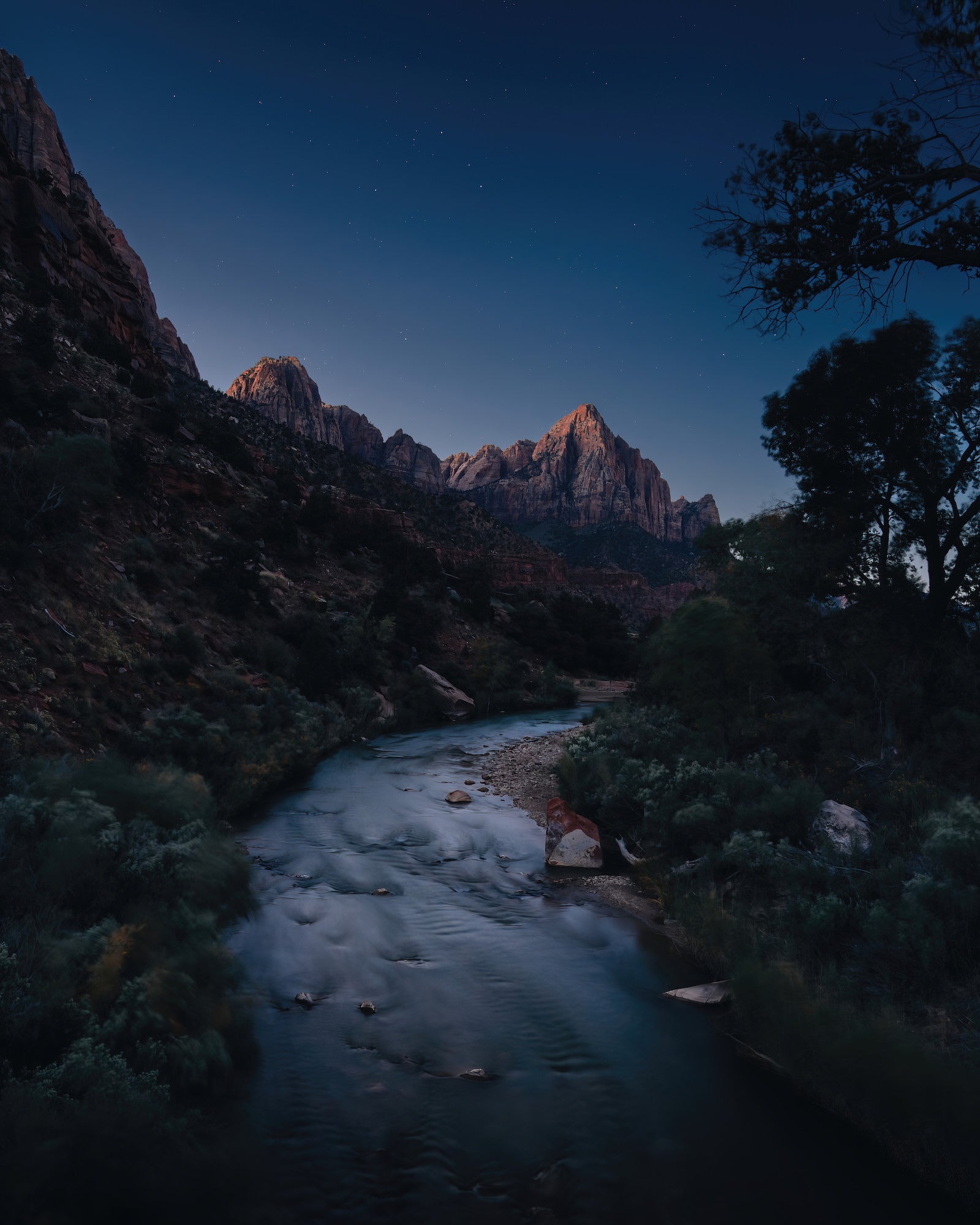
"This was taken during blue hour as the sun began to rise on a VERY windy day in Zion." Photo by Bret Blakely. Sony Alpha 7R V. Sony 24-70mm f/2.8 G Master II. 8-sec., f/2.8, ISO 800
Sony 70-200mm f/2.8 G Master: The Sony 70-200mm f/2.8 GM is such an incredibly versatile lens. I love the focal length range that it has which comes in useful for such a variety of landscape and wildlife shots. The sharpness is impeccable, and the internal zoom makes it so easy to control. I love the 2.8 aperture as well because it is important for me to be able to use it in low light which again, gives me more creative freedom in a wider array of scenarios and conditions.
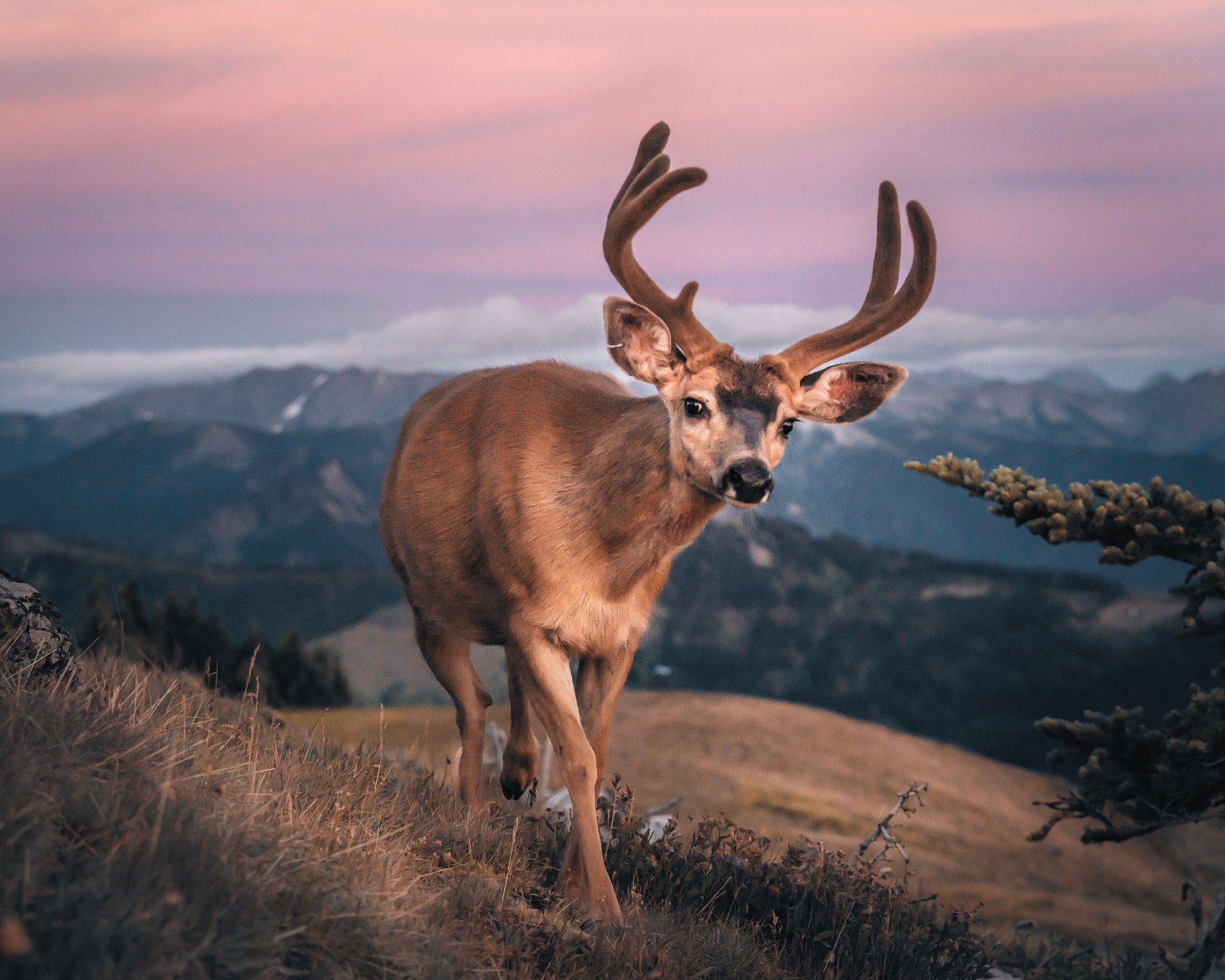
Photo by Bret Blakely. Sony Alpha 7R III. Sony 70-200mm f/2.8 G Master. 1/640-sec., f/5, ISO 1600
Sony 200-600mm f/5.6-6.3 G: This is the lens I most recently got and have not had as much time to put into action, I was really impressed with the build a few shots I took with it in Utah. I am extremely excited to take it to my upcoming trip to the Grand Tetons for both wildlife as well as capturing the beautiful peaks from a distance and playing with the compression and depth a lens like this can provide. I also love that it has an internal zoom. This will make the handling and control of it so much easier than with an extending zoom lens.

"Taken at the full 600mm of a lone tree resisting the change of seasons near Salt Lake." Photo by Bret Blakely. Sony Alpha 7R V. Sony 200-600mm f/5.6-6.3 G. 1/500-sec., f/6.3, ISO 2500
Accessories
WANDRD PRVKE 31L Backpack: Very well designed with tons of hidden pockets and storage. The layout and customization of it is perfect for my gear. Beautifully designed, comfortable and able to withstand wet and snowy conditions really well.
ND Filters: I have always enjoyed the way you can show the passing of time and motion with ND filters as well as being able to shoot further into the morning or throughout the day.
Peak Design Tripod: Shooting outdoors will always put a lot of stress on tripods but this one has surpassed my expectations. The design is incredibly clever and much easier to deploy and close back up then others I have had in the past.
Drone: This is a new addition to my gear but has opened up a whole new way of looking at a scene and provided an abundance of compositional opportunities.
Headlamp: Always carry a headlamp for those late-night shoots or those times when you stay for sunset but know you will be hiking back in the dark. Plus, they can really add to a photo when used correctly.
See more of Bret Blakely's work on Instagram @bretblakely.
